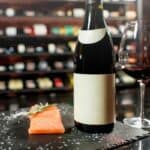Developing an appreciation for wine can be both a delightful journey and a rewarding hobby. We often start at a point of unfamiliarity with the tastes and complexities that different wines present. Through learning and practice, we can cultivate our palates and begin to discern the subtleties that make wine tasting a rich experience. Understanding the basics, such as the different types of grapes, regions, and the wine making process, lays a strong foundation for further exploration.

As we expand our knowledge, exploring wine varietals becomes an adventure in itself. We encounter a spectrum of flavors, from the deep and robust reds to the light and crisp whites. Engaging in pairing and tasting allows us to see how wine complements food, enhancing flavors and creating a more pleasurable dining experience. Through consistent practice and application, our appreciation deepens, and we start to develop a personal preference and understanding of what we enjoy in a wine.
Key Takeaways
- Cultivating a taste for wine begins with understanding its fundamentals.
- Experimentation with different wine varietals leads to a broader appreciation.
- Regular tasting and pairing can refine the palate and deepen wine knowledge.
Understanding the Basics
In our journey into the world of wine, we’ll start by laying a solid foundation. Let’s explore the diverse varieties of wine, decipher their unique flavors and notes, understand the art of winemaking, and master the essential terminology used by enthusiasts and experts alike.
Varieties of Wine
When we talk about wine varieties, we’re referring to the different types of grapes and the wines that they produce. There are hundreds of grape varieties, but the most well-known include:
- Red Wines: Produced from red or black grapes, they range from light to full-bodied and often have notes of berries or plums. Examples include Cabernet Sauvignon and Pinot Noir.
- White Wines: Made from green grapes, these wines can be zesty and light or rich and creamy, with flavors from citrus to tropical fruits. Chardonnay and Sauvignon Blanc are popular options.
- Rosé Wine: These get their pink hue from brief contact with red grape skins and often feature fresh, fruity flavors.
- Sparkling Wine: Effervescent wines like Champagne have high acidity and can range from sweet to dry.
- Sweet Wines: These are wines like Port or Moscato, which can be rich and honey-like.
The style of a wine can greatly influence its taste, from the bone-dry to the lusciously sweet, and may have varying degrees of alcohol content.
Identifying Flavors and Notes
Each wine carries a unique profile of flavors and tasting notes. As we learn to identify these, we can enjoy and understand wine more thoroughly:
- Fruit Flavors: Look for descriptors like berries, citrus, or stone fruits.
- Tannin: Felt as dryness in the mouth, tannins are more present in red wines.
- Acidity: Wines with higher acidity feel more tart or zesty.
- Sweet, Sour, Bitter: Balance among these tastes can vary, for example, sweet wines might balance with a touch of bitterness.
By paying attention to these characteristics, we can better describe our wine preferences and find new wines that suit our palate.
Wine Making Techniques
The technique and process of making wine greatly affect the final product:
- Farming: The quality of the grape, influenced by soil and geography, is paramount.
- Harvest: The year of harvest, or vintage, determines the grapes’ characteristics due to that year’s particular climate.
- Fermentation: This process determines the style—whether the wine will be still or sparkling, dry or sweet.
- Aging: Aging in different materials like oak can add additional flavors, such as vanilla or spice.
Understanding these techniques helps us appreciate the craftsmanship behind every bottle.
Wine Terminology
Familiarizing ourselves with wine terminology enables us to communicate our wine experiences effectively:
- Vintage: The year the grapes were harvested. It indicates the age and often the quality of the wine due to that year’s growing conditions.
- Body: Describes the weight or fullness of wine in the mouth, ranging from light to full.
- Dry: Refers to a wine with no residual sugar, opposite of sweet.
- Finish: The impression a wine leaves after tasting, including the length of flavor.
With this language, we can share our tasting experiences with greater precision and richness.
Exploring Wine Varietals

When we embark on the journey of exploring wine varietals, we acquaint ourselves with a diverse world shaped by culture, geography, and the intrinsic characteristics of each type of wine. Let’s delve into the unique profiles of white, red, rosé, and sparkling wines, as well as regional specialties that reflect the heritage of their origins.
Enjoying White Wines
White wines offer a spectrum of flavors, from the crisp acidity of a Chardonnay to the sweet floral notes of a Riesling. For those new to white wines, a well-chilled Pinot Gris can be a gentle introduction, presenting a balance of fruitiness and refreshing acidity. Sweet white wines and dessert wines, like some Riesling varietals, serve as a delightful end to a meal.
- Types of White Wine:
- Chardonnay – Often oak-aged, providing buttery richness.
- Riesling – Can range from dry to sweet, with stone fruit flavors.
- Sweet White Wine – Includes late-harvest varieties delivering lush sweetness.
- Dessert Wines – Such as Sauternes, known for their concentrated sweetness and complexity.
- Pinot Gris – Known for its crisp citrus and pear notes.
Discovering Red Wines
Red wines are lauded for their complexity and depth. Key to enjoying reds is understanding the varietals like Pinot Noir, which is lighter and possesses red fruit characters, and the bolder Cabernet Sauvignon, noted for its darker fruit and tannin profile. Other popular varietals include the spicy notes of Zinfandel and the plush textures of Merlot. Syrah, with its dark fruit and pepper notes, is another intriguing option for those looking to broaden their palate.
- Types of Red Wine:
- Pinot Noir – Delicate, with cherry and strawberry notes.
- Zinfandel – Often jammy, with black pepper spice.
- Merlot – Plush and velvety, with hints of plum and chocolate.
- Cabernet Sauvignon – Full-bodied, with black currant and oak flavors.
- Syrah – Robust, featuring dark fruit, tobacco, and earthy undertones.
Experiencing Rosé and Sparkling
Rosé wines, with their appealing pink hue, bridge the gap between white and red wines, offering flavors that range from dry and crisp to soft and fruity. Meanwhile, sparkling wines like Prosecco and Moscato bring vivacious energy to any occasion with their effervescence. Whether it’s the subtle elegance of a Brut or the sweet liveliness of a Moscato, these bubblies are enjoyable on their own or as part of a celebratory toast.
- Types of Rosé and Sparkling Wine:
- Rosé Wines – May be still or sparkling, ranging from dry to sweet.
- Prosecco – Italian sparkling wine, often light, and fruity.
- Moscato – Sweet and often slightly fizzy, with peach and nectarine flavors.
Regional Wine Specialties
The wine’s region of origin significantly influences its character. The mineral-rich soils of France’s Burgundy region, for instance, impart a distinct terroir to its esteemed Pinot Noir and Chardonnay wines. The rolling hills of Tuscany give rise to bold Sangiovese wines, while the varied geography of California’s Napa Valley offers a multitude of varietals, from Cabernet Sauvignon to Zinfandel. Each region expresses its culture through its wines, making exploring them an endless adventure.
- Prominent Wine Regions:
- Burgundy, France – Celebrated for Chardonnay and Pinot Noir.
- Tuscany, Italy – Known for Sangiovese-based wines like Chianti.
- Napa Valley, USA – Produces a diverse array of wines including Cabernet Sauvignon and Zinfandel.
As we explore these varietals, we not only gain an appreciation for the wines themselves but also the rich tapestry of culture and geography that shapes each unique bottle.
Pairing and Tasting

In exploring wine, we highlight the harmonious relationship between food and wine, offer guidance in the structure of wine tastings, and provide tips to assess wine quality.
Food and Wine Synergy
When we talk about wine, the interplay of flavors between food and wine cannot be overstated. Optimal pairings can elevate a meal, enhancing both the food and the wine. To achieve this synergy, we consider the wine’s acidity, alcohol content, and notes. A basic guideline involves matching the wine’s intensity with the food’s flavor profile. For instance:
- Bold red wines: Pair well with hearty dishes like red meat.
- Lighter whites: Complement lighter fare such as seafood or salads.
Remember that culture also influences these pairings; traditional regional dishes often pair well with local wines.
Mastering Wine Tastings
Wine tastings, whether formal or informal, provide us the opportunity to deepen our understanding of wine’s diverse profiles. There are a few types of tastings we might partake in:
- Vertical Tasting: Sampling different vintages from the same winery to notice variations.
- Horizontal Tasting: Tasting wines from the same vintage but different wineries.
- Blind Tasting: Evaluating without knowing the label to avoid bias.
During tastings, choosing the right glassware is imperative as it can accentuate different aspects of the wine. We swirl the wine to release its aromas, sip it to savor the taste, and take notes to remember our impressions.
Recognizing Quality in Wine
Assessing a wine’s quality is a skill that we refine over time. Wine quality is not always synonymous with price or vintage, although these can be indicators. We look to sommeliers to guide us, but there are qualities we can discern ourselves:
- Balance: Harmony between acidity, tannins, alcohol, and sweetness.
- Complexity: The multiple layers of flavors and aromas present.
- Finish: The lingering taste after the wine has been swallowed.
A wine that strikes a balance, reveals complexity, and offers a pleasing finish often signifies a quality bottle. With practice, we can become adept at identifying such wines and understand their value in the cultural landscape of wine enjoyment.
Deepening Your Wine Knowledge

In our journey to appreciate wine more fully, understanding the background and expertise can drastically enhance our enjoyment and skill in selecting the perfect bottle.
The Influence of History and Culture
Wine is deeply rooted in history and culture, with each region offering a unique story and approach to winemaking. By studying the historical context of wine, we gain insight into the traditional methods and regional characteristics that influence the flavor profile. For example, the Bordeaux region of France has a rich history in wine production, which is reflected in the robust, tannic nature of its reds. Learning about the culture surrounding wine can also enrich our social experiences. For instance, engaging with the customs of wine service and pairing can elevate a simple meal to a cultural event.
- Bordeaux: Historical winemaking region, known for red blends.
- Italian Prosecco: Product of its culture, often consumed in social settings.
Learning From Experts
Consulting sommeliers and wine educators can significantly expand our wine knowledge. These experts can guide us in understanding grape varieties, buying wine, and serving wine. By participating in wine education classes or reading wine books, we learn to discern the subtleties of different vintages and how to match wines with dishes to enhance flavors. Additionally, resources such as tasting notes and wine journals offer structured approaches to document our learning.
- Consult Sommeliers: They provide insights on wine selection and food pairing.
- Wine Books: Key resources like “The Wine Bible” and “Wine Folly” for self-education.
Wine as a Lifestyle
Embracing wine as part of our lifestyle means incorporating it into our daily routines and leisure activities. This could involve visiting vineyards, participating in tastings, or joining wine clubs. Engaging with the community, both in person and online, allows for shared learning experiences and exposure to a diverse range of opinions and preferences. Furthermore, integrating wine into our home life, through proper storage solutions or curating a personal collection, helps solidify our relationship with wine as a lasting interest.
- Vineyard Visits: Experience the origin of wine production and grape cultivation.
- Wine Tastings and Clubs: Join to expand palate and meet fellow enthusiasts.
Application and Practice

In our journey to appreciate wine, we actively engage in events and practices that enhance our understanding and enjoyment. We focus on hosting gatherings to share experiences and on proper collecting and storage to preserve the essence of the wines we discover.
Hosting Wine-Focused Gatherings
We believe in the power of social experiences to deepen our appreciation for wine. Hosting a wine-focused gathering gives us the opportunity to share various bottles and vintages, offering a diverse tasting experience for everyone involved. Here’s how we go about arranging such events:
- Choosing Glassware: Select the right glass for each type of wine. Red wines flourish in larger bowled glasses, whereas whites prefer more slender shapes to channel their delicate aromas.
- Serving Wine: Serve wine at appropriate temperatures—reds slightly cooler than room temperature, whites chilled. Open the bottle ahead of time if it needs to breathe.
By providing a variety of wines, from bold reds to crisp whites, we cater to all preferences and facilitate a richer tasting experience. Pairing wines with suitable appetizers can spotlight the characteristics of each bottle, promoting lively discussion and mutual learning.
Wine Collecting and Storage
We take wine collecting seriously, understanding that the condition in which we keep our wines can significantly impact their quality. Here’s our guide for ensuring wines are stored correctly:
- Buying Wine: When buying wine, we prefer reputable stores or directly from wineries. Whether we’re after a specific vintage or exploring new regions, provenance and good storage history are paramount.
- Storage Conditions:
Aspect Detail Temperature Keep a consistent temperature, ideally around 55°F (13°C). Humidity Aim for 70% to prevent corks from drying out. Light Store wines in the dark to avoid light degradation. Orientation Lay bottles horizontally to keep corks moist and sealed.
By adhering to these storage principles, we ensure that each bottle has the potential to mature gracefully. Our collection becomes a testament to our dedication to wine appreciation, showcasing a library of flavors waiting to be explored in future gatherings.
Frequently Asked Questions
In this section, we’ll cover some common inquiries to guide newcomers through the world of wine, helping to build their appreciation and enjoyment.
What are the initial steps to start appreciating wine?
We recommend starting with lighter wines such as a crisp white or a delicate rosé. Begin by tasting small amounts, paying attention to the flavor, and aroma. Learning about wine-making processes and grape varieties can also enhance appreciation.
In what ways can a person develop a taste for different types of wine?
To develop a taste for diverse wines, we suggest trying a variety of types and styles from different regions. Attend tastings or wine-pairing events to experience a broad range, and take notes on preferences and flavor profiles.
Are there specific wines that are recommended for those new to wine tasting?
For newcomers, it’s often best to begin with semi-sweet white wines or light-bodied reds, like Riesling and Pinot Noir. These wines are typically more approachable and less complex.
What techniques can one use to overcome the strong alcohol taste in wine?
To minimize the alcohol flavor, we advise starting with wines that have a lower alcohol content and are well-balanced with acidity and sweetness. Chilled wines can also subdue the alcohol sensation.
How does one cultivate an enjoyment for wine over time?
Enjoyment of wine develops through experimentation and education. We encourage attending wine education classes, experimenting with food pairings, and keeping a wine journal to track your evolving palate.
Is it common for some individuals not to enjoy the taste of wine, and how can this perspective be changed?
It is not unusual for some people to initially dislike wine. To shift this view, we suggest starting with sweeter wines and progressively moving to dryer varieties. Understanding the storytelling behind wine labels and the heritage of wine-making can also foster a deeper appreciation.
- How to Learn Wine Tasting: Essentials for Beginners - March 10, 2024
- How to Learn to Like Wine: Cultivating an Appreciation for the Vintner’s Art - March 10, 2024
- Thanksgiving Sangria: A Flavorful Twist to Your Holiday Table - August 27, 2023

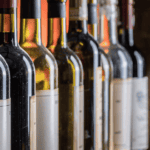
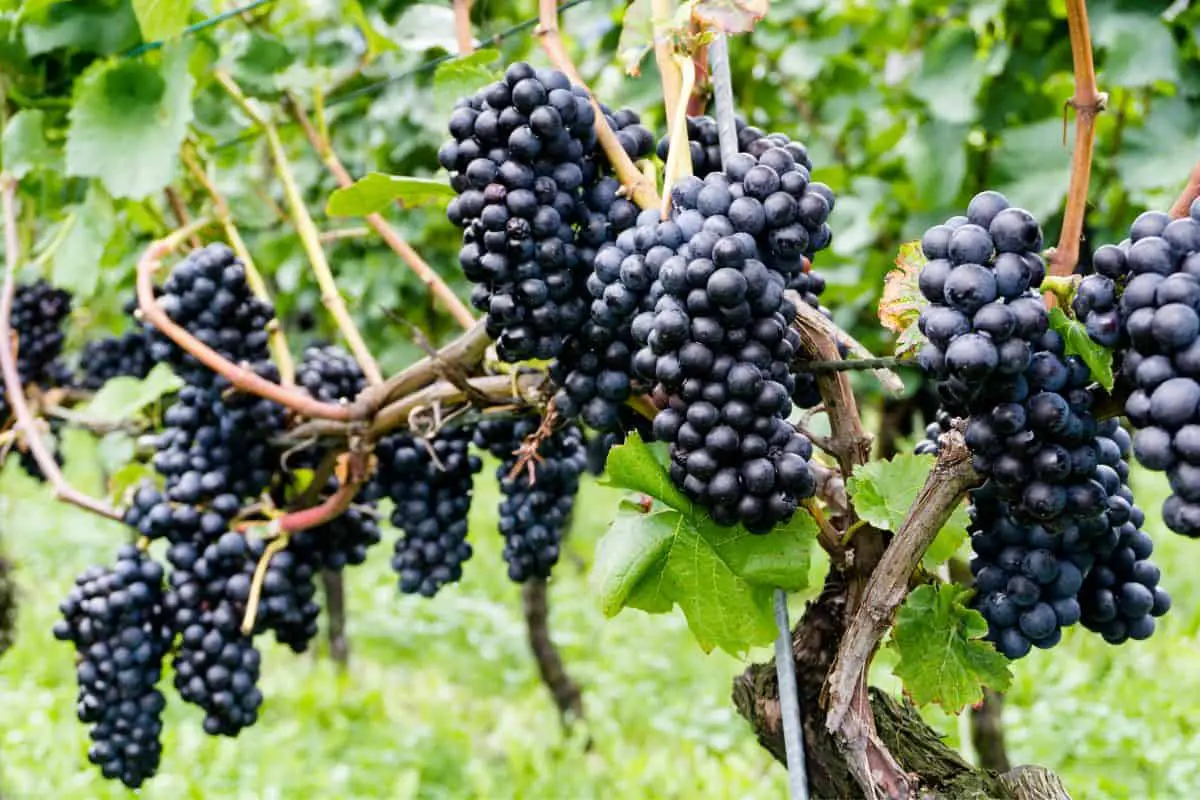
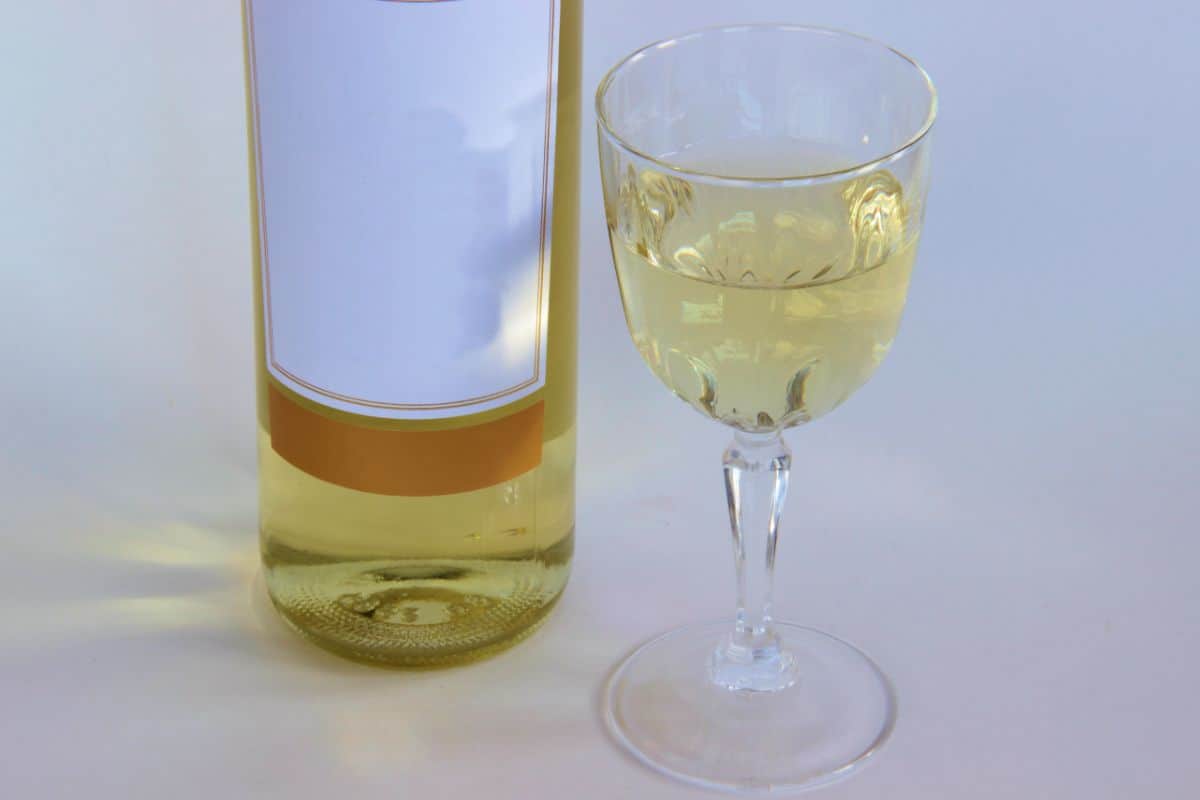
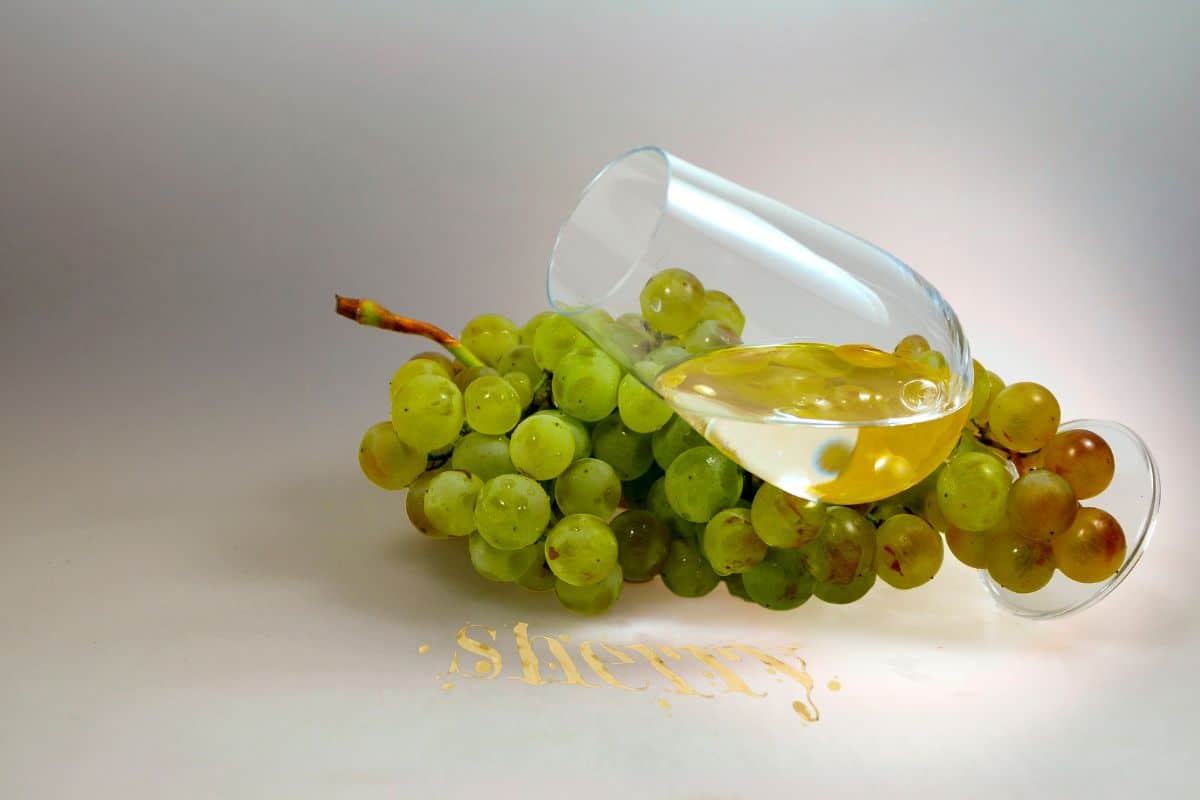
![What Does Sangria Taste Like? [A Guide] What Does Sangria Taste Like [A Guide]](https://tastyvino.com/wp-content/uploads/2022/12/What-Does-Sangria-Taste-Like-A-Guide-150x150.jpg)


